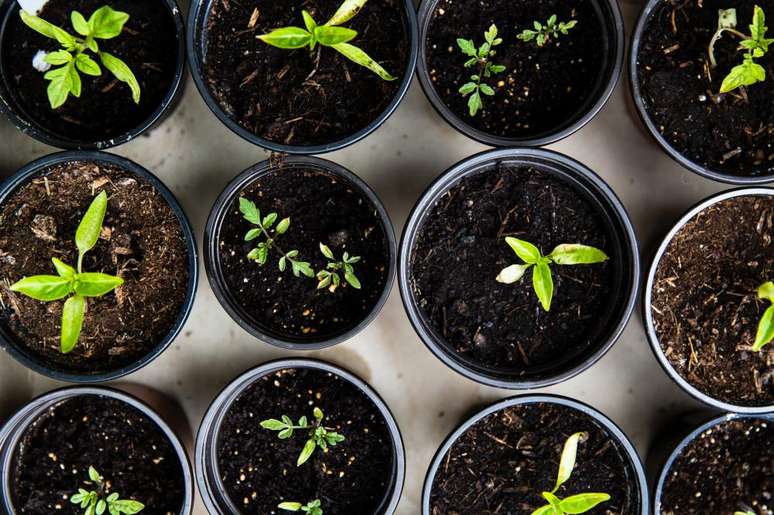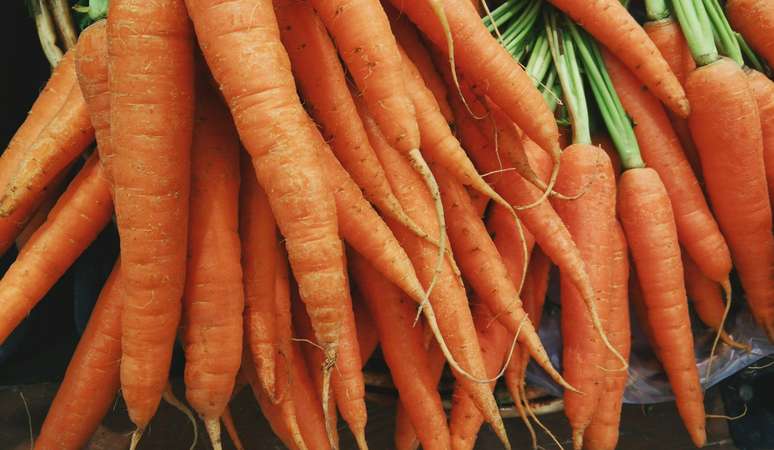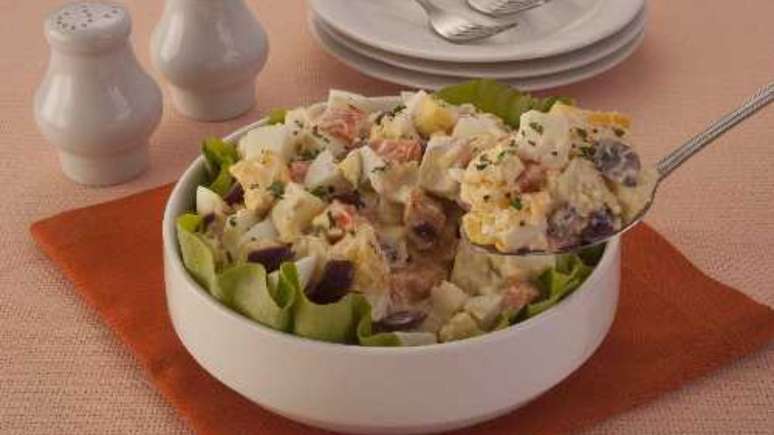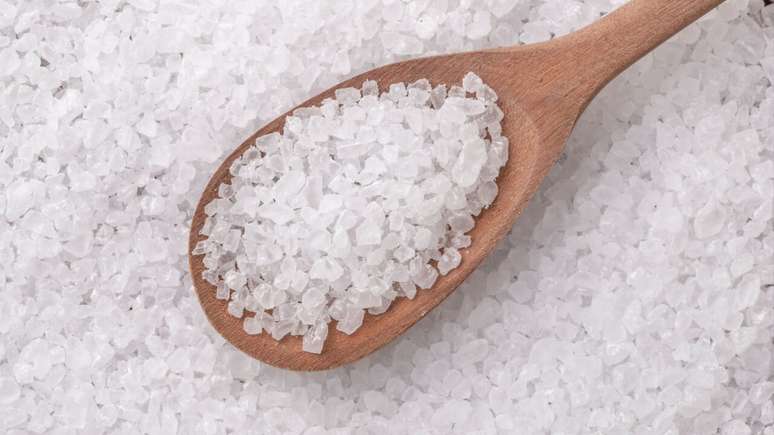From pumpkins to radishes: discover the vegetable options that can be grown each month based on the climate of each region of Brazil.
The third month of the year has begun and for those who like to plant according to the correct growth period for each plant, ISLA Sementes presents advice on what to plant during the month in all regions of the country and also the step by step instructions for setting up your little garden.
It is extremely important to be aware of the specificity of each vegetable since each of them adapts to different places and temperatures, so it is good to be careful and follow the instructions on the back of the seed packages.
This March, for example, we will have two seasons: the period of late summer and early autumn.
What to plant in the North, Northeast, Central-West, Rio de Janeiro and the northern regions of Minas
If you live in the North, Northeast, Central-West, Rio de Janeiro, and Northern Minas regions, your options are:
Pumpkins, Courgettes, Courgettes, Beets, Watercress, Celery, Lettuce, Leek, Chives, Eggplant, Beetroot, Chives, Carrots, Chicory, Coriander, Brussels Sprouts, Chinese Cabbage, Cauliflower, Kale, Cabbage, Spinach, Green Beans , Jilo , Basil, Gherkin, Watermelon, Melon, Mustard, Turnip, Cucumber, Pepper, Pepper, Radish, Cabbage, Rocket, Parsley, Tomato.
What to plant in the Southern Region, in São Paulo, Espírito Santo and in the South of Minas Gerais
But if you live in the Southern Region, in São Paulo, Espírito Santo and southern Minas Gerais, it is recommended to grow:
Chard, Watercress, Celery, Lettuce, Leek, Chives, Beetroot, Chives, Carrots, Onion, Chicory, Coriander, Broccoli, Brussels Sprouts, Chinese Cabbage, Cauliflower, Kale, Kohlrabi, Peas, Spinach, Seville Bean , Jilo, Basil, Mustard, Turnip, Radish, Rocket, Parsley.

How to plant indoors
Planting indoors is easier than it seems. The first step is choose the seed you want to plant, then separate a pot or planter plant it and leave it positioned in a place where there is access to natural light.
OR Earth To receive the seeds you must be light, well drained, airyoe composed of three elements: earth, sand and earthworm humus. After adding the soil to the pot/planter, introduce the seeds and then water the soil carefully and without exaggerating.
To help your vegetable grow even stronger, It is recommended to use fertilizers on the soil, whether organic or with composite products. Water the pot daily and monitor the growth of the cultivar until harvest time.
The harvest
When the outer leaves have reached the right size for consumption, it will be the right time to harvest. For aromatic or medicinal herbs, harvest the twigs and leaves as they develop, as cuttings stimulate new growth.
Source: Terra
Ben Stock is a lifestyle journalist and author at Gossipify. He writes about topics such as health, wellness, travel, food and home decor. He provides practical advice and inspiration to improve well-being, keeps readers up to date with latest lifestyle news and trends, known for his engaging writing style, in-depth analysis and unique perspectives.








